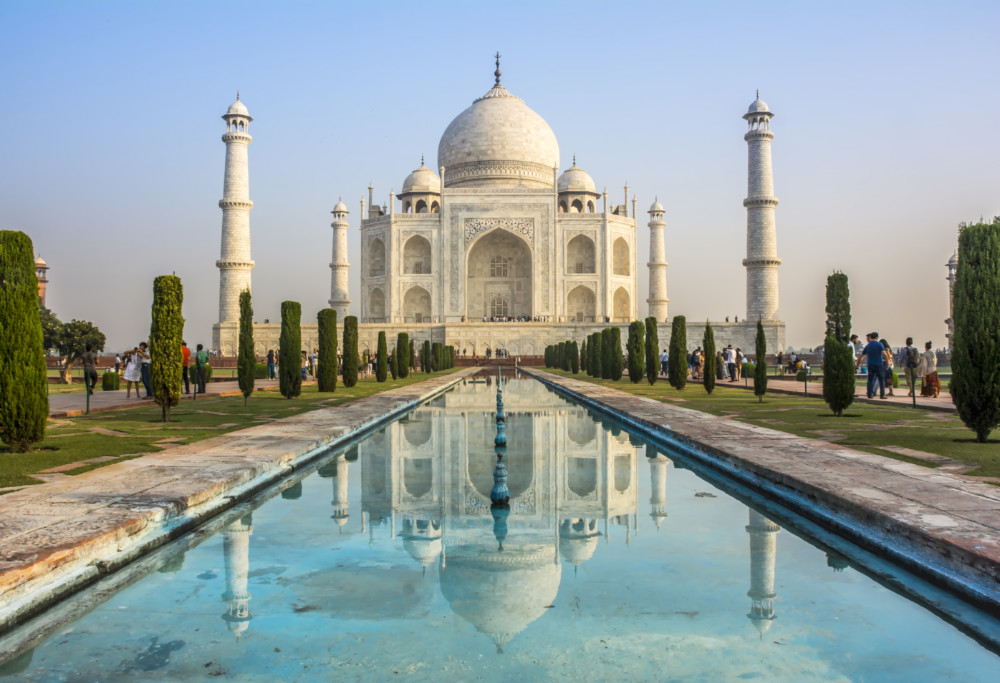India looms as the ‘other’ big opportunity for small caps – but here’s why it’s not China

China is the market plenty of small caps are targeting, from mineral sand exporters to infant formula stocks.
With the world’s largest population over 50 times that of Australia’s, the needs and wants of the country have ASX small caps smelling money.
But while more roads, trains, babies and state-run surveillance are a given; regulations can change overnight. Most recently, rumours of a quota on domestic infant formula being in Chinese shopping centres hit our small caps.
When hit, small caps tell shareholders the market opportunity will win out in the end. After all, there’s no other country quite like China in terms of population, right? Wrong.
While India lags China in economic development, the rate it is growing has inevitably led to declarations that it is the next China.
It may have a different economy and legal system to China but societal needs suggest India has potential to become be a major market for ASX small caps.
Infrastructure
One ASX-listed company targeting India is Eden Innovations (ASX: EDE) which produces concrete additive EdenCrete. This improves concrete’s strength and durability, particularly in conditions that wear down concrete such as extreme heat.
The company has experienced the best success in the US and is seeking to enter other markets. While for now, India is just another market with no more than a paragraph in its quarterly, CEO Greg Solomon told Stockhead the Indian market was “the biggest sleeper”.
“I’ve been going there a long time and the push on infrastructure, to bring things up to speed is enormous,” he said.
“It’s simply because of the pent-up demand in infrastructure and the same in commercial production. 800 million people are living in an agrarian situation with little in the way of opportunity for young people.”
Within this context, Solomon sees big opportunity for Eden.
“The need for all forms of construction is just absolutely colossal,” he said. “In three years, China uses more concrete than the rest of the planet used in 40 years.
“I wouldn’t be surprised if the Indian market goes along those lines.
“The Minister for Transport [Nitin Gadkari], took the rate of production of interstate highways to 2km a day to 30km per day and he wants to take it to 60km during the next four years.”
Miners & tech could benefit
But highways would not be built if there were not cars. Finance minister Nirmala Sithraman wants EVs to make up 30 per cent of all passenger vehicles by 2030.
In addition to private vehicles, the bus market will turn electric as well. It wants to replace 150,000 diesel buses to address air pollution.
But you don’t have to be a battery metals explorer to benefit. India is also a significant consumer of jewellery, particularly gold and silver. It accounts for 29 per cent of the global market.
Tech could also be a gainer. India’s digital sector is worth $200 billion and it has over 500 million internet users – unaffected by government filtering.
US giant Google has even launched features in India, one being a ‘Stay Safer’ feature on its maps for people in taxis. If a driver deviates from a suggested route, it alerts authorities.
Of course these opportunities could also be threats. One of India’s largest tech companies, Zoho, offers Xero-like features. Another is Infosys which is a direct competitor with Alibaba.
Health
But one of India’s largest crises is health. You may have heard the word ‘Modicare’.
This alludes to Modi’s flagship scheme that covers costs up to $7,200 for the poorest 40 per cent of Indians. It is commonly attributed to Modi’s election win.
While treatment had been free at government hospitals, patients still had to pay diagnostics, medicines and implants. When you live on less than $2 per day, any cost is a big ask. Modi promised that health spending will be 2.5 per cent of GDP by 2025.
One specific opportunity could be in cannabis. While many countries that have now legalised cannabis criminalised it for decades, India only banned it in the first place under diplomatic pressure from the West.
But dozens of startups are working on the assumption that it will be legalised again soon. One is the Bombay Hemp company, and it is working with a government research institute to develop hemp seeds.
While the uses in this circumstance would be limited to farming and textiles, such a move would give other startups hope that it could address medical problems.
Differences with China
But is this just a syllogism along the lines of: “India and China have 1 billion populations, China has developed therefore Indian will?”
Indian fund manager Ruchir Sharma wrote an op-ed earlier this year noting, “the countries have nothing in common other than populations of more than 1 billion people”.
“China is a one-party autocracy that mobilized its homogeneous Han, Mandarin-speaking majority behind a decades-long campaign of radical reform.
“India is a diverse, multiparty democracy that will always struggle to rally its hundreds of ethnic and linguistic minority groups behind any single goal.
“India has never risked anything like mass firings and large-scale migration to promote growth because its democratic leaders fear that voters would punish them for the short-term upheaval and pain.”
- Subscribe to our daily newsletter
- Join our small cap Facebook group
- Follow us on Facebook or Twitter
He ended up suggesting Prime Minister Modi decentralise power to the states rather than try to become China.
India certainly has a different economy and legal system. But when it is growing over 6 per cent per year and people are gradually being lifted out of poverty, it’s only natural to feel hope that it could become a major market without the setbacks that come with China.
UNLOCK INSIGHTS
Discover the untold stories of emerging ASX stocks.
Daily news and expert analysis, it's free to subscribe.
By proceeding, you confirm you understand that we handle personal information in accordance with our Privacy Policy.








